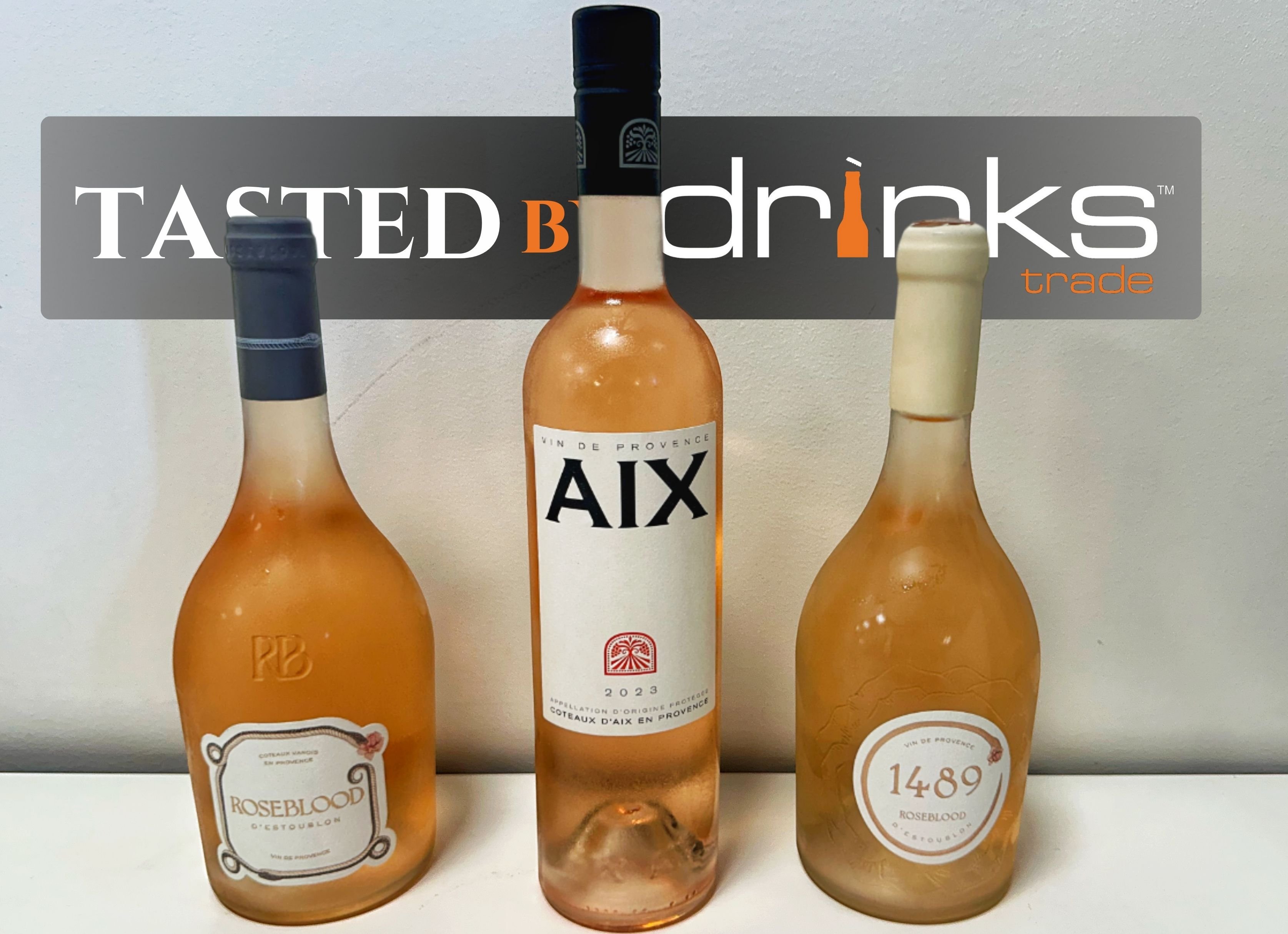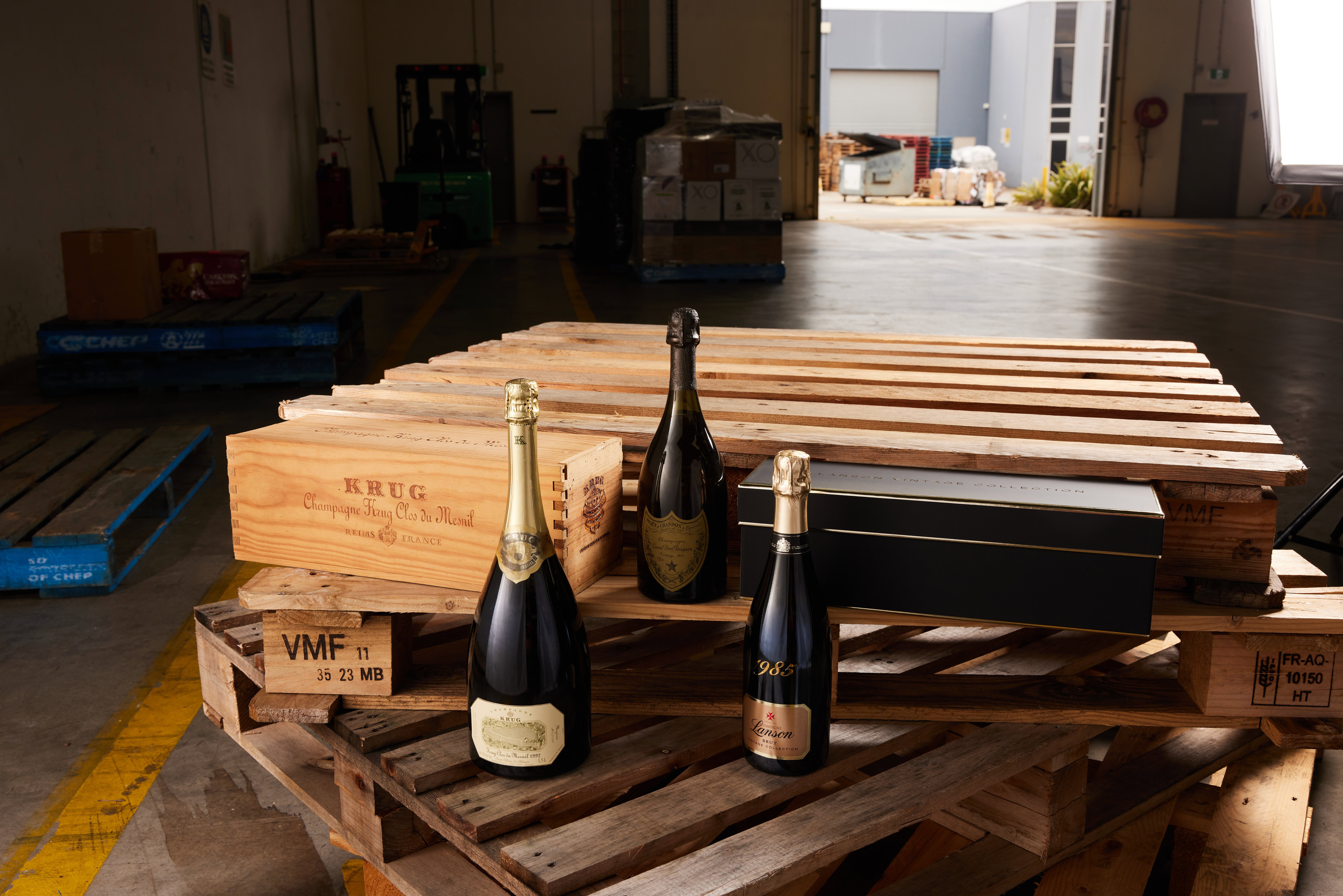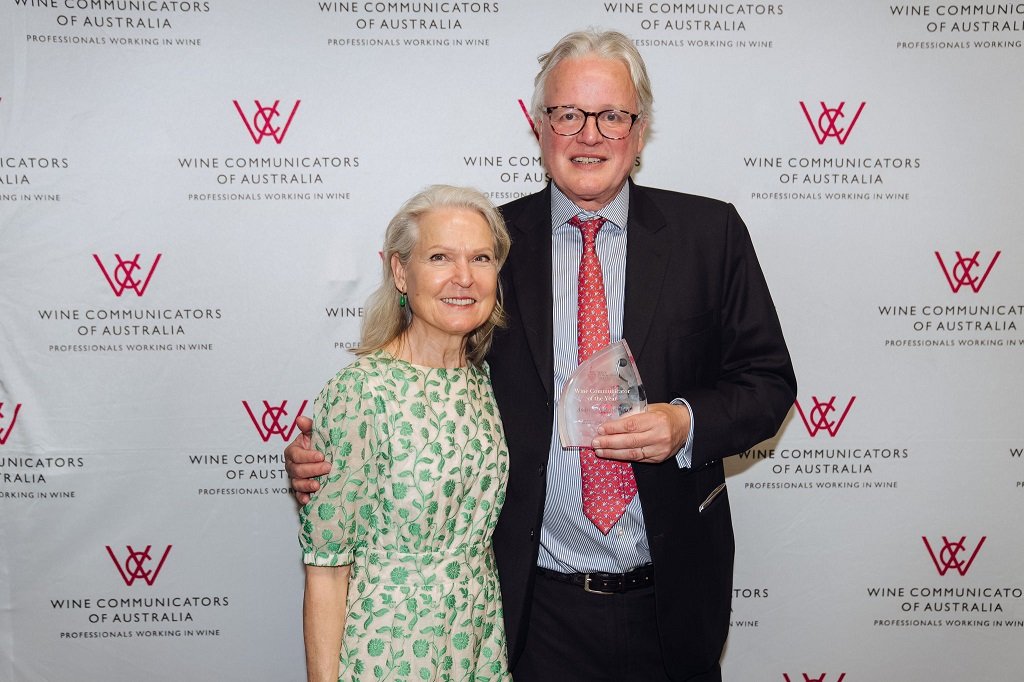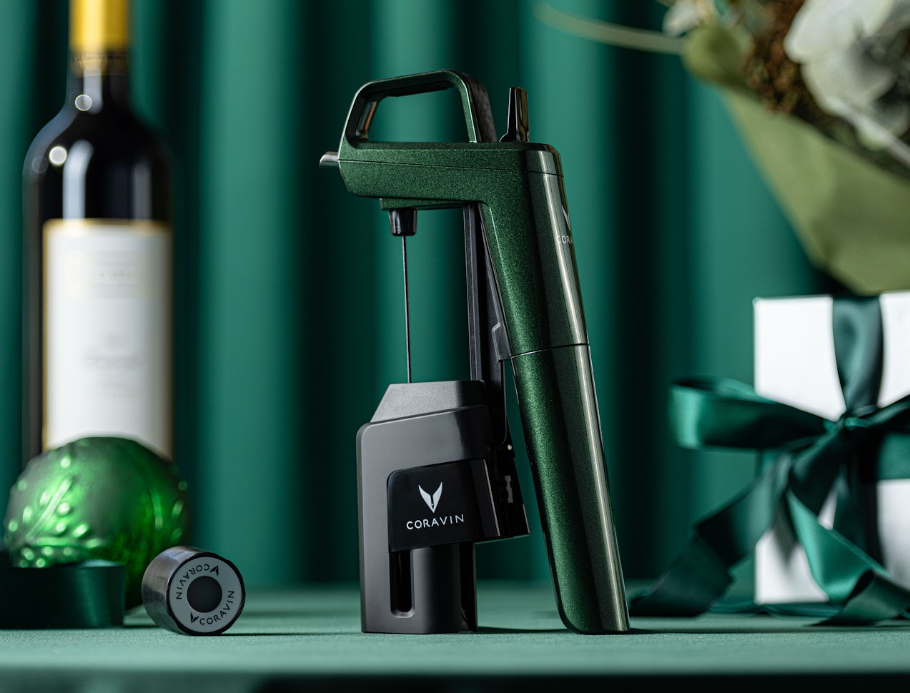Shanghai-based sommelier Émilie Steckenborn (below) reveals how Chinese Millennials are evolving the imported wine market.
Just 10 or so years ago, wine consumption in China was a niche trend that was dominated by French wines, with bottles primarily bought as gifts.
Now, we see growing numbers of young Chinese consumers across big cities purchasing both locally-grown and imported wines for consumption - not just to give away.
Despite recent reports that indicate Chinese wine sales are slowing, consumer behaviour continues to evolve as a growing demographic of wine enthusiasts become increasingly educated and astute in their buying decisions.
Let's take a look at how the wine industry has morphed over the eight years I have lived in China, and look ahead to the ways we can expect it to develop further.
Then: a limited selection
When I first arrived in Shanghai in November 2011, Bordeaux wines were the focus, with Australian wines lacking in demand. People were buying wine as a gift, with top Bordeaux crus being the most coveted brands, and Burgundy and Champagne remaining relatively unknown.
In terms of wine educators, the standards were relatively low. It felt like anyone could be a wine expert, even with WSET L1 alone. When I finished my own WSET Diploma in 2013, there was only a handful of us with this qualification in mainland China. Now, interest growth is skyrocketing, and there were over 15,177 candidates in mainland China in the 2018 academic year.
Back then, Chinese consumers didn’t have much of a reference point for wine. They prioritised alcohol content, bottle size, fancy labels, and a cork.
Natural wine was practically non-existent: I remember buying a bottle from Hong Kong in 2014 from specialised natural wine retailer, La Cabane. When I shared it with a group of wine enthusiasts in Shanghai, they thought it ruined. That same group of individuals now has its own Chinese natural wine brand and a bar that sells exclusively natural wines. A lot can change in a few years!
Now: a more mature market
While China remains a brand-driven market, wine industry trends have changed substantially over the past few years. Notably, natural wines are growing in popularity with cool, Millennial crowds across big cities. They see natural wine as trendier and more authentic - something that matches their values.
However, probably the most remarkable shift has been the rise of Australian wines as they now represent 9% of market share, up from 4% in 2016. However, French wine is still in the lead, with 14% of market share. And while red wine still dominates, there is a growing interest in whites.
But, where are the Chinese actually buying their wine? Unsurprisingly, given the dominance e-commerce has over retail in China, people are predominantly purchasing their wine online. In fact, 46% of consumers in China have bought wine from online stores. And while in-store purchases used to be heavily limited to Beijing and Shanghai, today, markets in cities such as Chengdu and Chongqing are just as important.
It’s also important to note that today’s Chinese wine customers are more price sensitive. While the same can’t be said for US wines given the ongoing trade war, consumers are enjoying lower-priced foreign wines thanks to free trade agreements with New Zealand, Chile, and Australia.
A long way to go
While the market has matured, there is still a long way to go for the wine industry in China. For new brands looking to enter the market, patience is key. That being said, what takes years to happen in the west take place at a much faster rate in China.
Wine trends will shift and change as the Chinese wine consumer becomes more mature and educated in their choices. Though there’s little doubt that Chinese wine enthusiasts will continue to explore wines from countries other than France, non-red wine consumption will grow, as will a penchant for natural wines from a hip, health-conscious demographic.

This feature appeared in the latest issue of Drinks Trade. Click here to read the digital edition.
Share the content










